13 curtain ideas and styles to help you pick the best drapes for your room
Inspiring curtain ideas are everywhere at the moment with designers pushing all accepted boundaries to deliver a new take on traditional window treatments, and the results are nothing short of show-stopping.
But is there such a thing as the ‘right’ curtain for any given space? ‘There are lots of factors that will contribute to your final decision’, explains Interior Designer Fabrice Bana, ‘the style, architecture and size of the room as well as the shape of the windows and the intended use of the room’ will all be key factors.
‘And then it’s the finishing details that make all the difference’ adds Tiffany Duggan, ‘trims, fringing, piping all add interest to window treatments.’ The possibilities are somewhat endless. With a huge choice of curtain styles, colours and fabrics available and decisions to be made regarding linings, length, trim and tiebacks, it is easy to feel overwhelmed.
So whether it’s tie backs or tab tops, pelmets or pencil pleats, this is your complete guide to curtain ideas and the different styles and how to get it right for your space…
See also:How to measure curtains – a quick and easy guide to update your windows
1. PELMET
A pelmet is a decorative, often upholstered board fixed above a widow to cover up the curtain rod or fixtures. Turner Pocock, the design duo known for turning traditional treatments on their head, are big fans of using them in their designs. ‘When using pelmets we still try to keep an air of modernity about them, we use simple shapes with light-hearted interesting trims’, explains Emma Pocock.
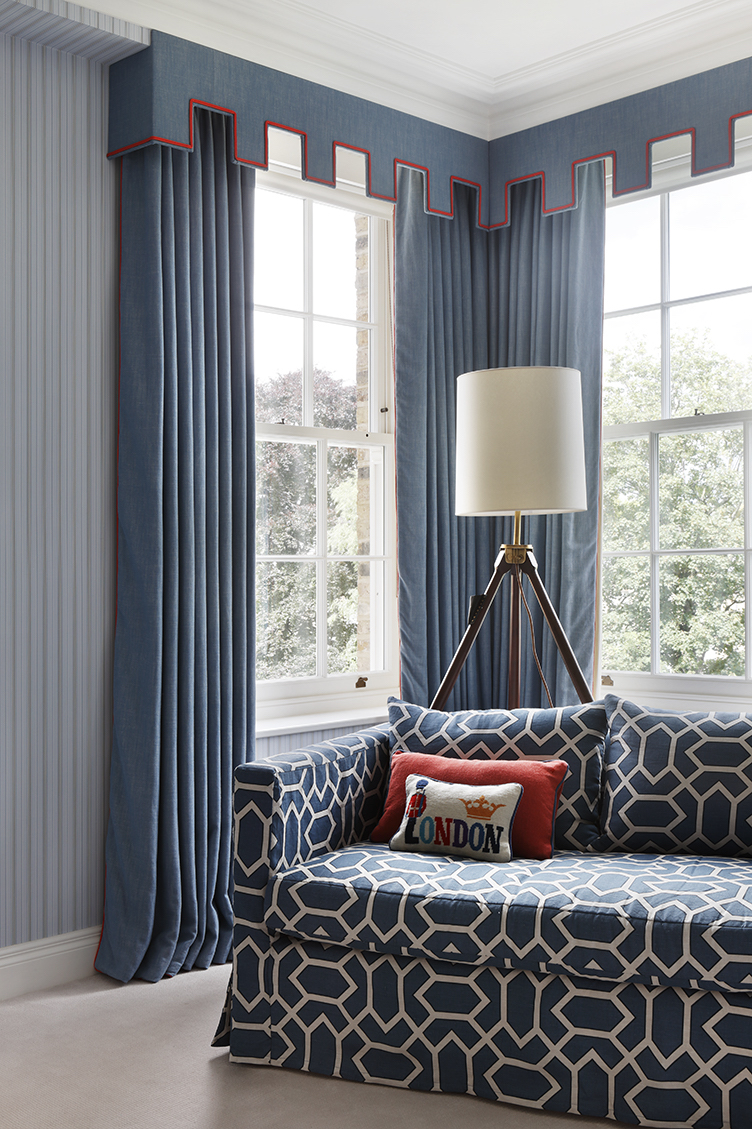
2. COVERED LATH OR FASCIA
This is a very small 5cm deep pelmet that hides the curtain track and blocks the light gap between the track and the wall. ‘Combined with a double pinch pleat curtain, this treatment gives the best blackout coverage possible’, explains Interior Designer Karena Clayton. ‘Perfect for nurseries, light sleepers and south facing bedrooms’, it projects between 5 and 10cm from the wall and is usually covered in the same fabric as the curtains.
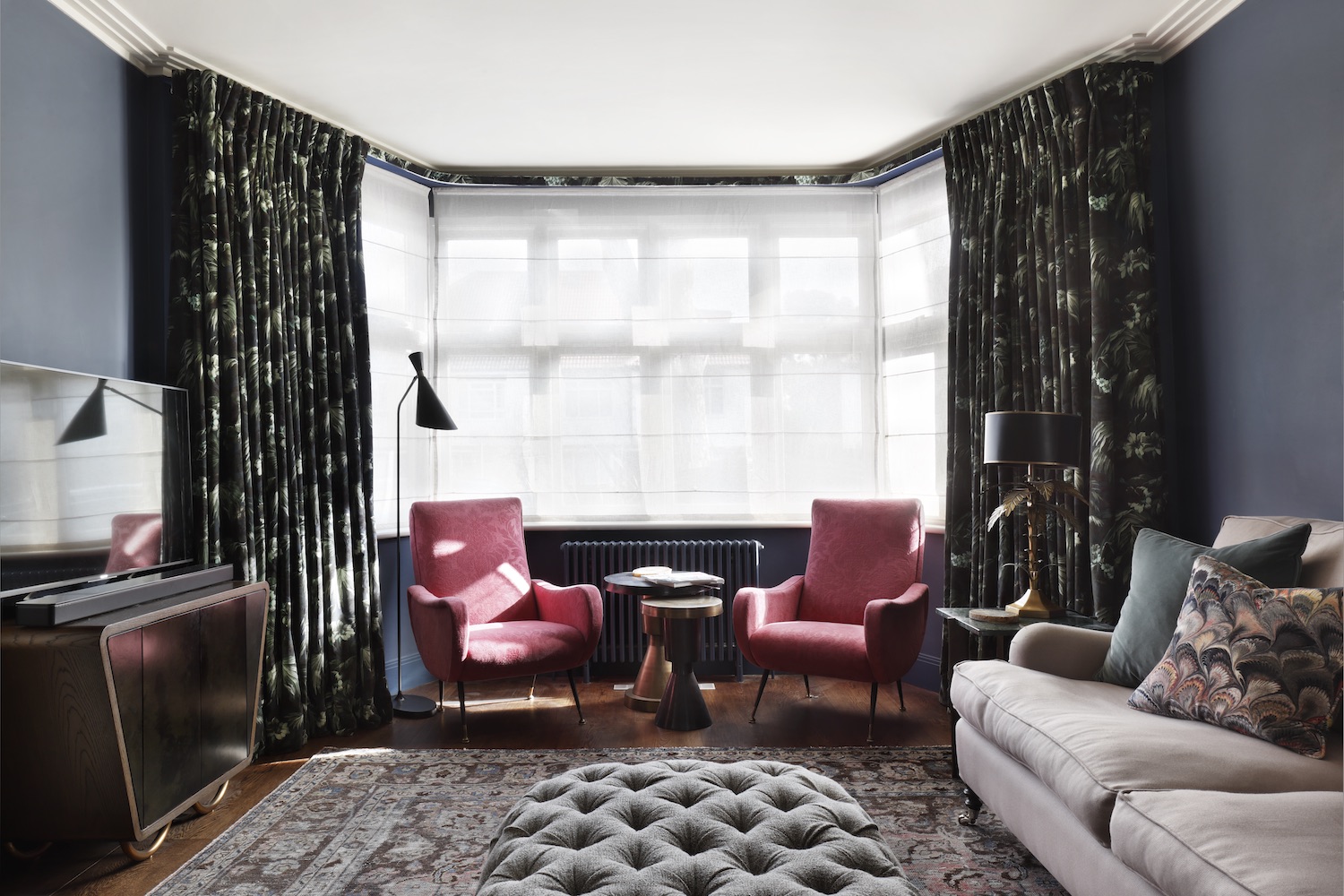
3. VALANCE
A valance is similar to a pelmet, but is made entirely of fabric, ideal if you are after softer curtain ideas. Traditionally used in a country bedroom, Emma Pocock is also great advocate of using this technique in children's rooms. ‘We often use pleated valances to make these rooms feel cosy in contemporary houses. In some way a sense of tradition seems to comfort parents. A touch of nostalgia perhaps.’
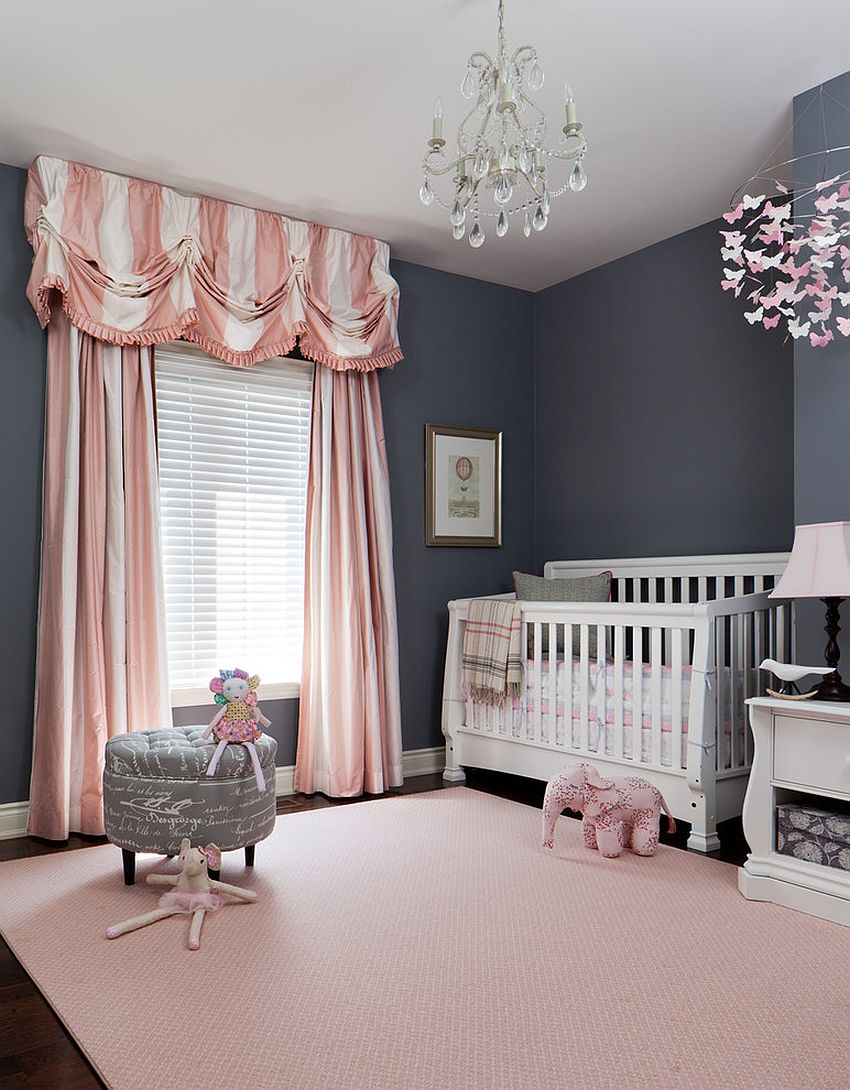
4. LAMBREQUIN
A lambrequin is a type of pelmet but with longer sides, which works well where you want shape, movement and an added touch of drama. Top Interior Designer Beata Heuman is a master when it comes to employing this technique in her designs and is much admired by her contemporaries. ‘We love Beata’s playful take on traditional shapes - by exaggerating traditional lines the end result is fresh and light-hearted’, explains Tiffany Duggan.
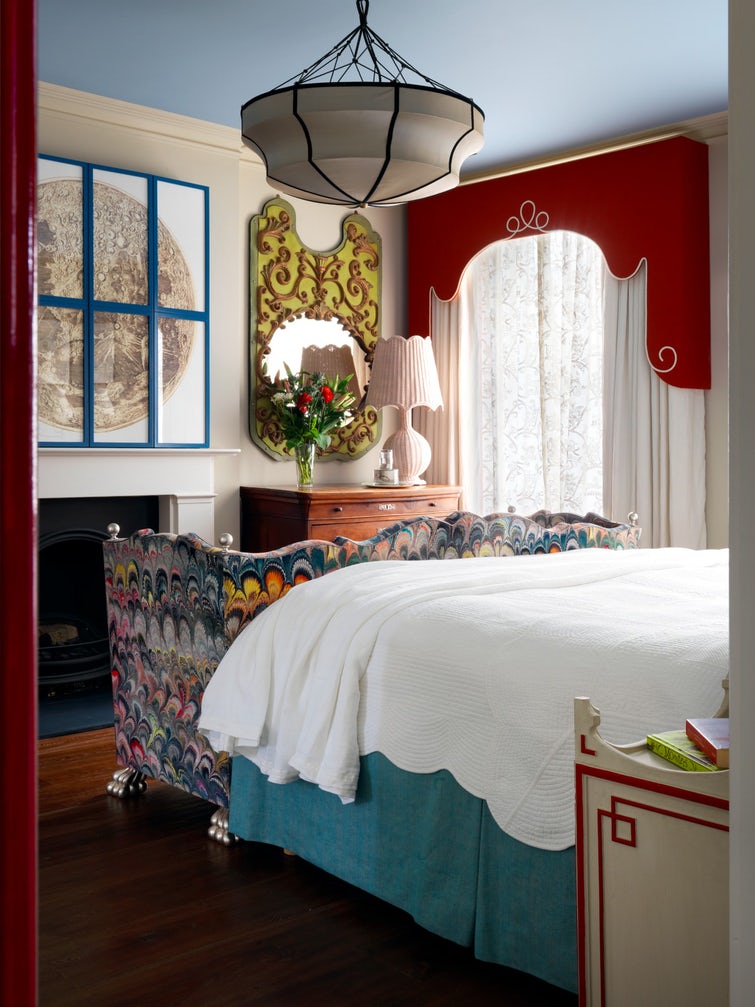
5. WAVE CURTAIN
A wave curtain hangs directly below a ceiling mounted track in a neat and uniform style. Wave tracks can also be bent for bay windows. If you are looking for contemporary curtain ideas, this would suit. The result is a tailored look which can be a more economical solution for large windows as the fabric is often lighter and left unlined, and less is needed as the folds are larger and fewer than other window treatments.
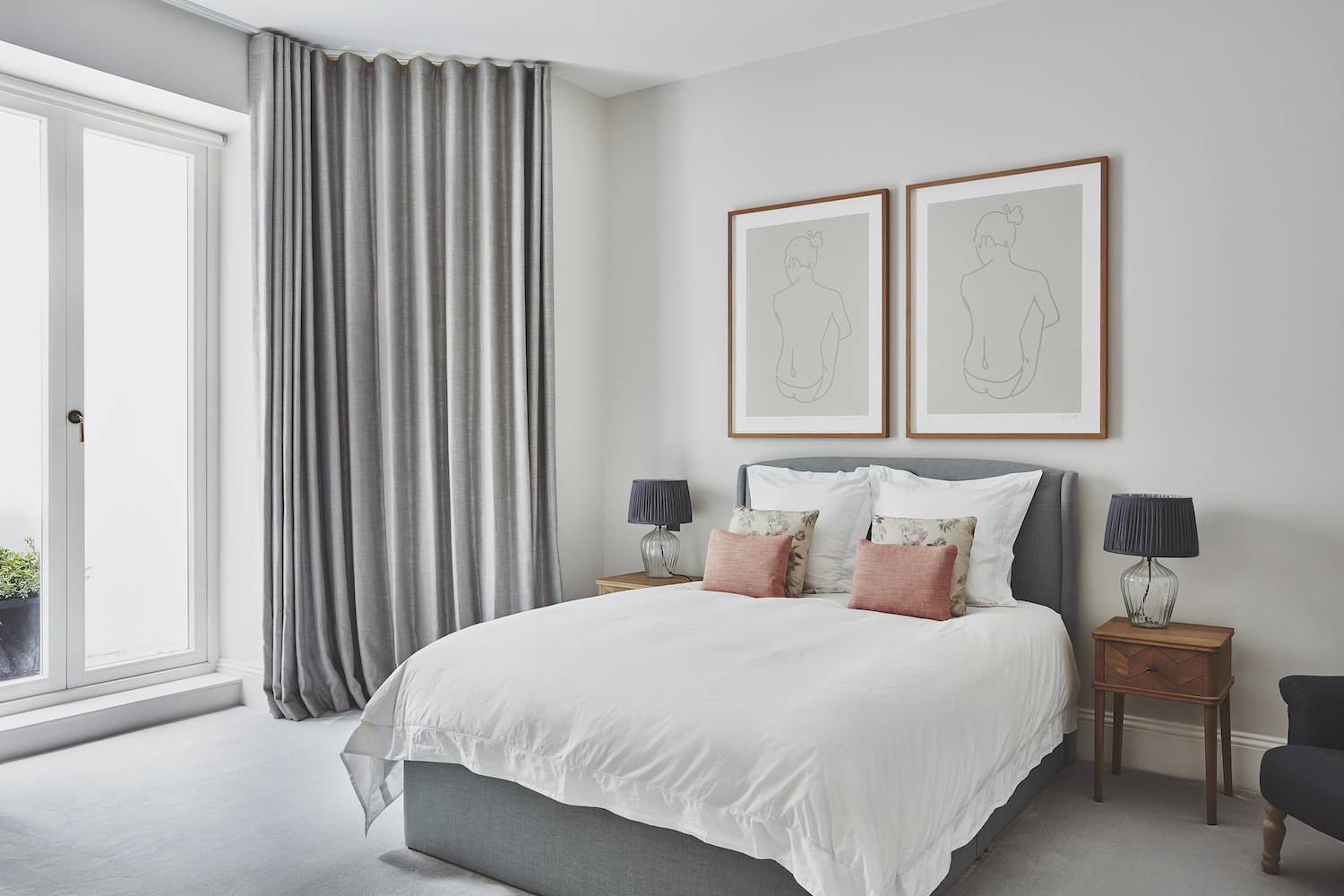
6. ITALIAN STRUNG CURTAIN
Italian strung curtains are fixed in position at the top and then drawn up and down using cords hidden behind the drapery. This allows for it to be pulled back without the need for tiebacks or holdbacks. The look is quite traditional and very pretty. Ideal for a nursery or little girl’s room.
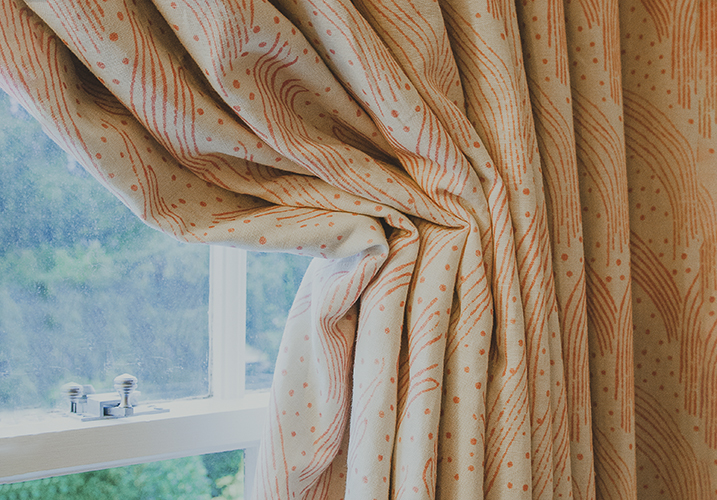
7. FESTOON CURTAIN
This consists of vertical rows of horizontally gathered fabric that are drawn up to form a series of ruches. The resulting billows create a flamboyant, theatrical effect.
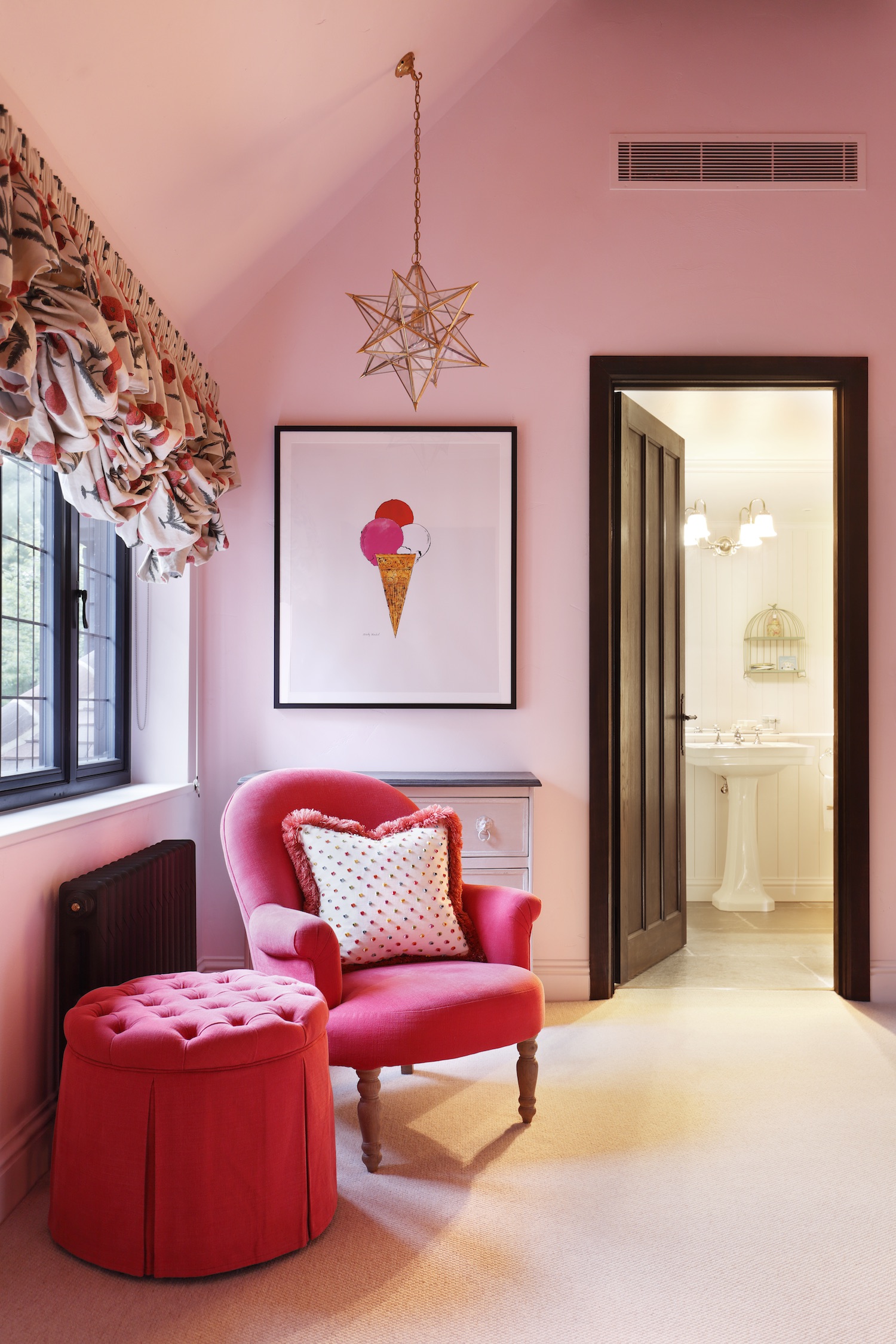
8. PENCIL/PINCH PLEAT CURTAIN
Pencil pleats are the most traditional curtain heading and will work with all types of track and pole. Pinch pleated curtains essentially gather the pencil pleats into groups of two or more for a more decorative heading. This will work with most types of fabric, but bear in mind that the more pleats, the more fabric is needed and so increases the cost of the finished curtains.
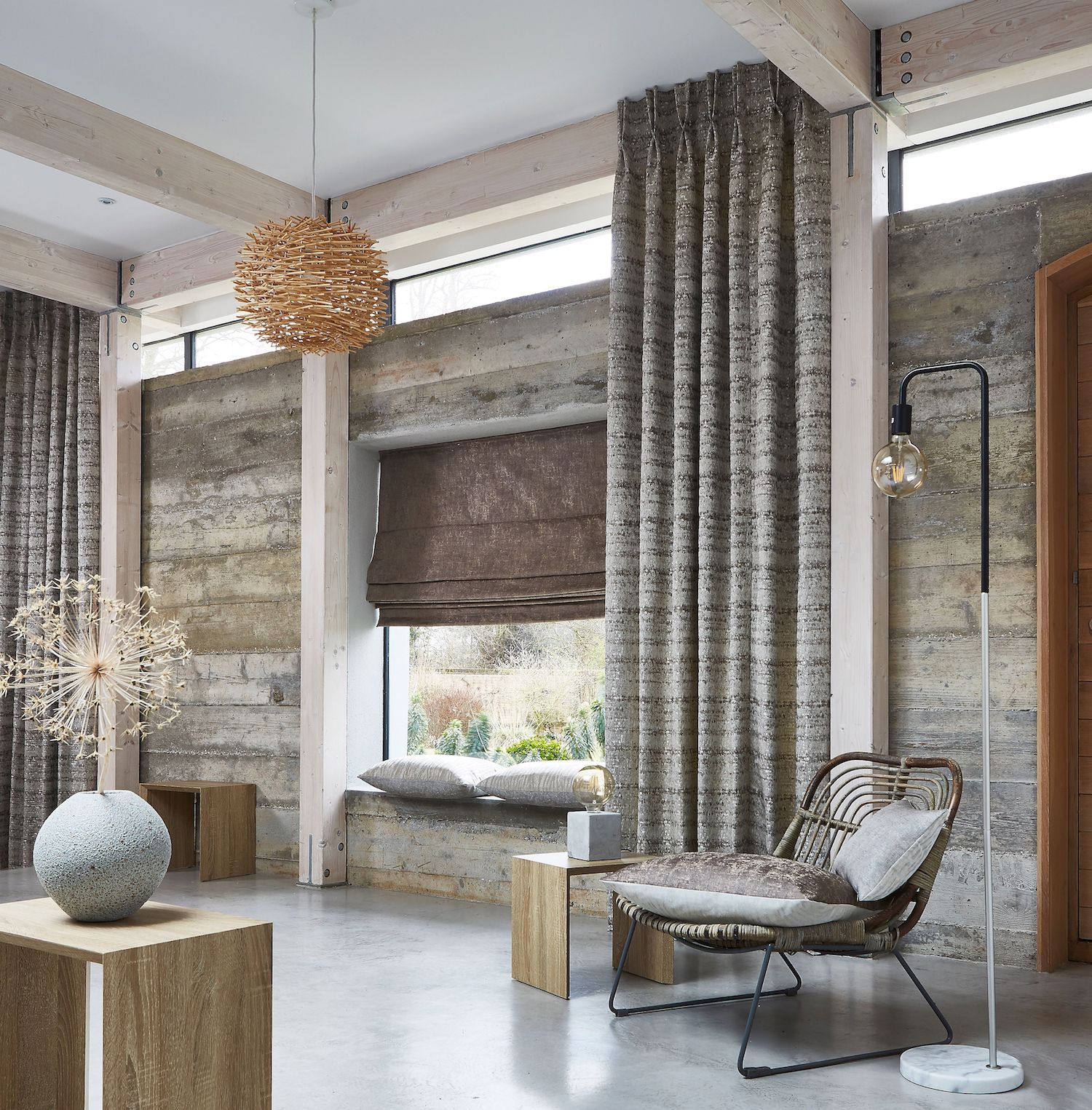
9. TAB TOP/TIE TOP CURTAIN
Tab tops refer to the exposed loops of fabric that you see drawn over a curtain rod or pole. Tie Top curtains have a very similar look but attach to the pole by tying bows or knots at the top to form the loops. The look is very informal and relaxed but done well can be a very stylish solution that’s easy on the bank balance.
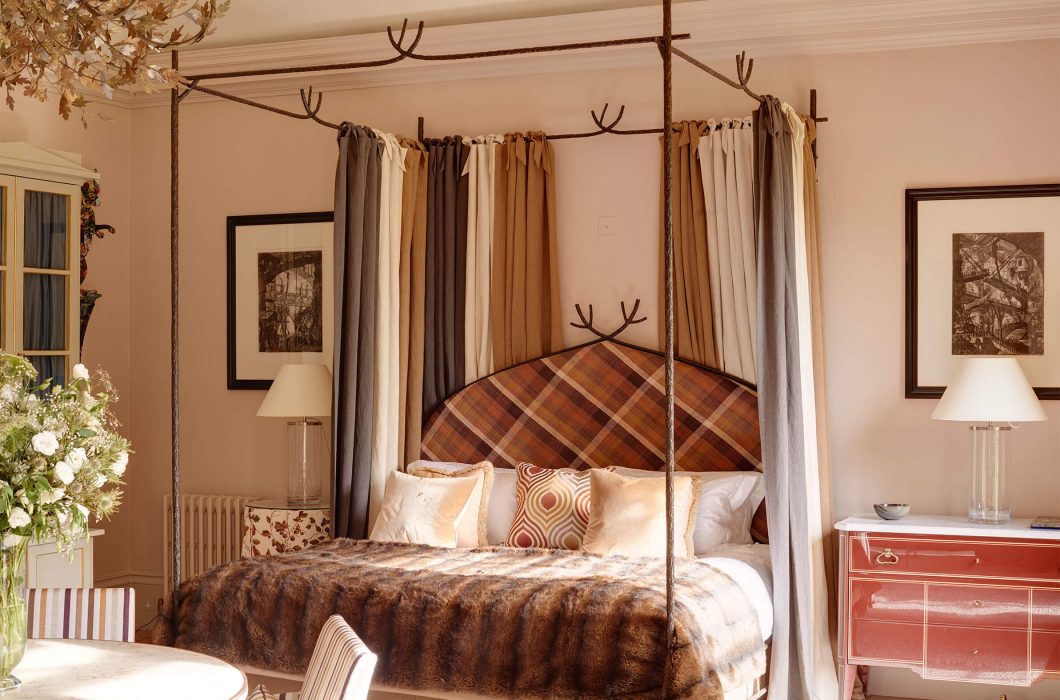
10. EYELET CURTAIN
Eyelet curtains are a modern alternative to traditional pleats and offer a practical solution to hanging your own curtains. They feature metal rings in place of the standard heading tape, which are threaded directly on to a curtain pole resulting in large, soft pleats.
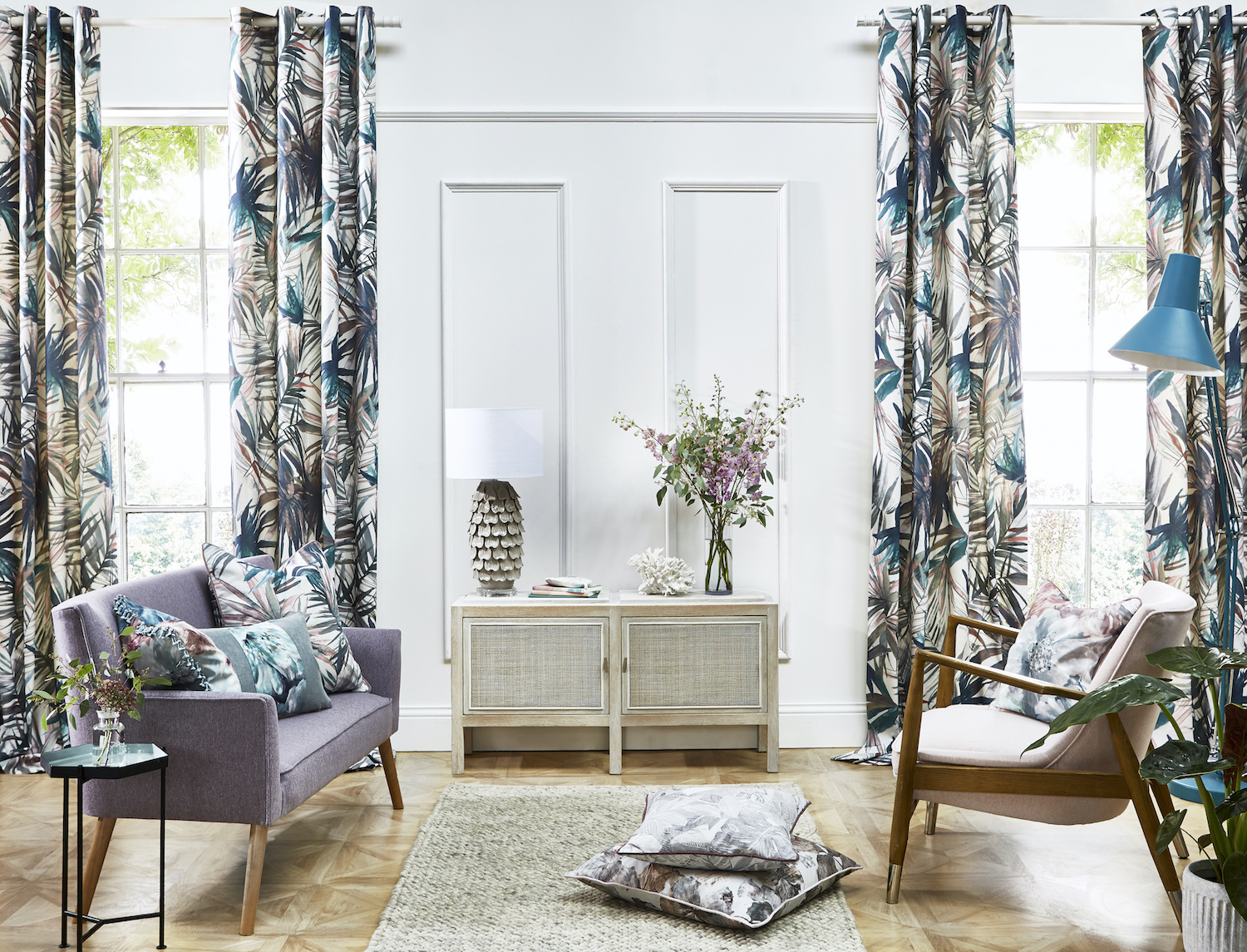
11. GOBLET PLEAT CURTAIN
Goblet pleats are a detailed heading style where the fabric is tucked and folded to leave an opening at the top with a ‘goblet’ or ‘wineglass’ look. To keep the goblet pleats looking full and rounded they need to be shaped with interlining. They can be hung from a track or pole.
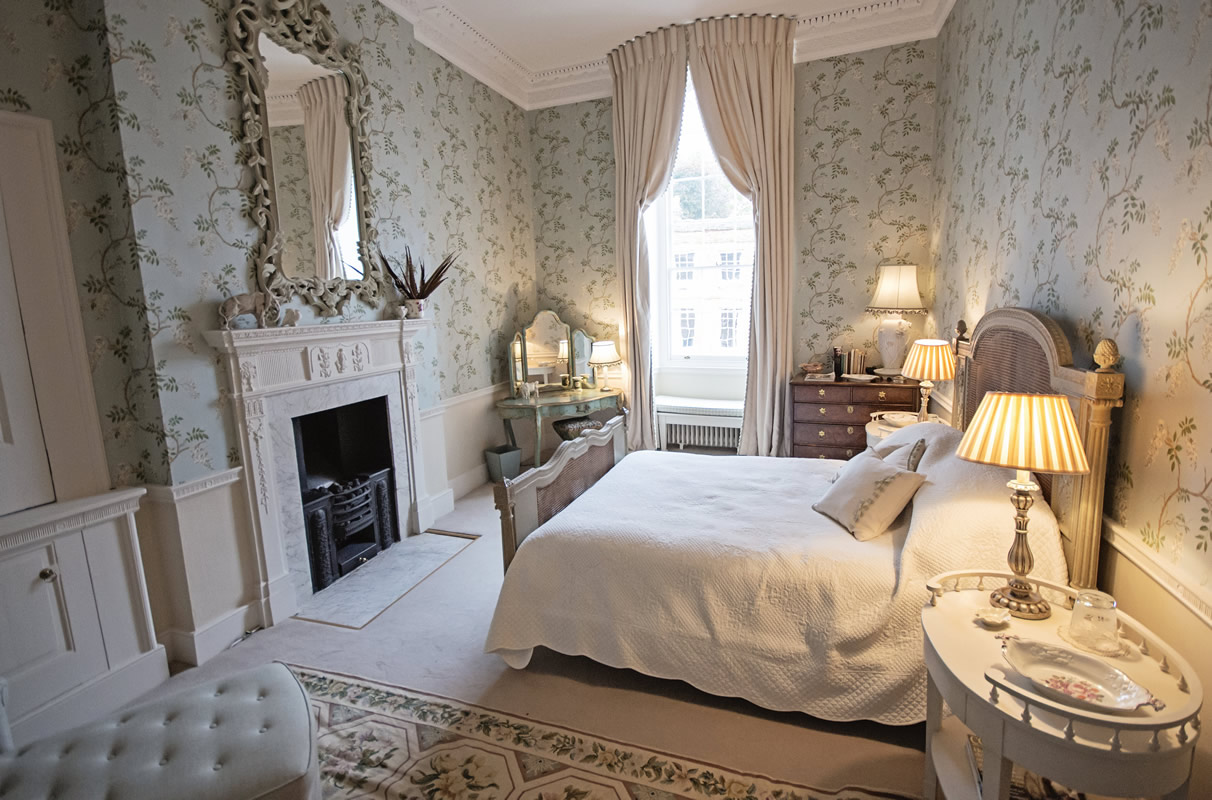
12. TIE BACK
This decorative accessory holds the curtain in place to the side of the window. Traditionally these are crescent shaped and made by covering stiff cotton cloth called ‘buckram’ with a light wadding and furnishing fabric. Metal or wood versions which fix directly to the wall are also available or you can simply use a decorative cord. ‘Typically, I relate the tie-back style to more classic properties that have a regal look’ Alice Milnes from Vesta Interior Design explains.
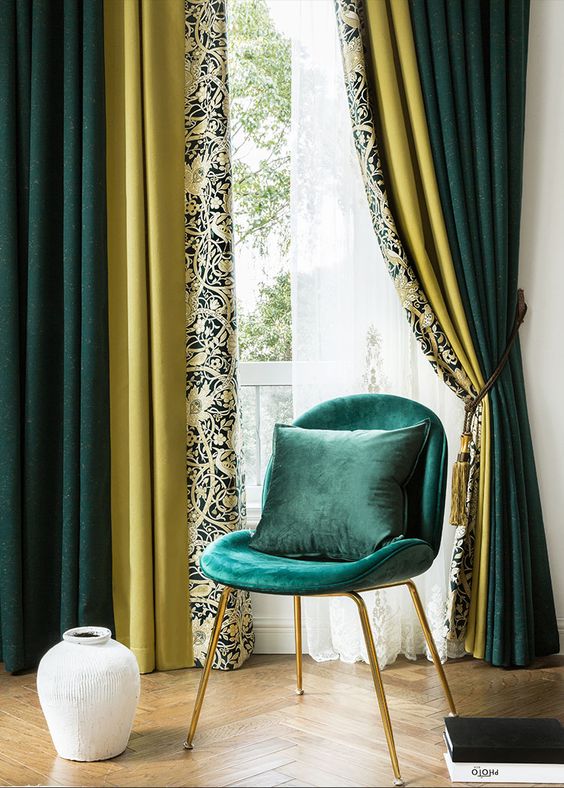
13. RING TOP CURTAINS
This is a relaxed, informal curtain style which uses small metal rings to ‘clip’ onto the curtain fabric and thread onto a narrow pole. To hide the clip, simply pinch the back of the curtains and clip the rings an inch or so down from the top before hanging.
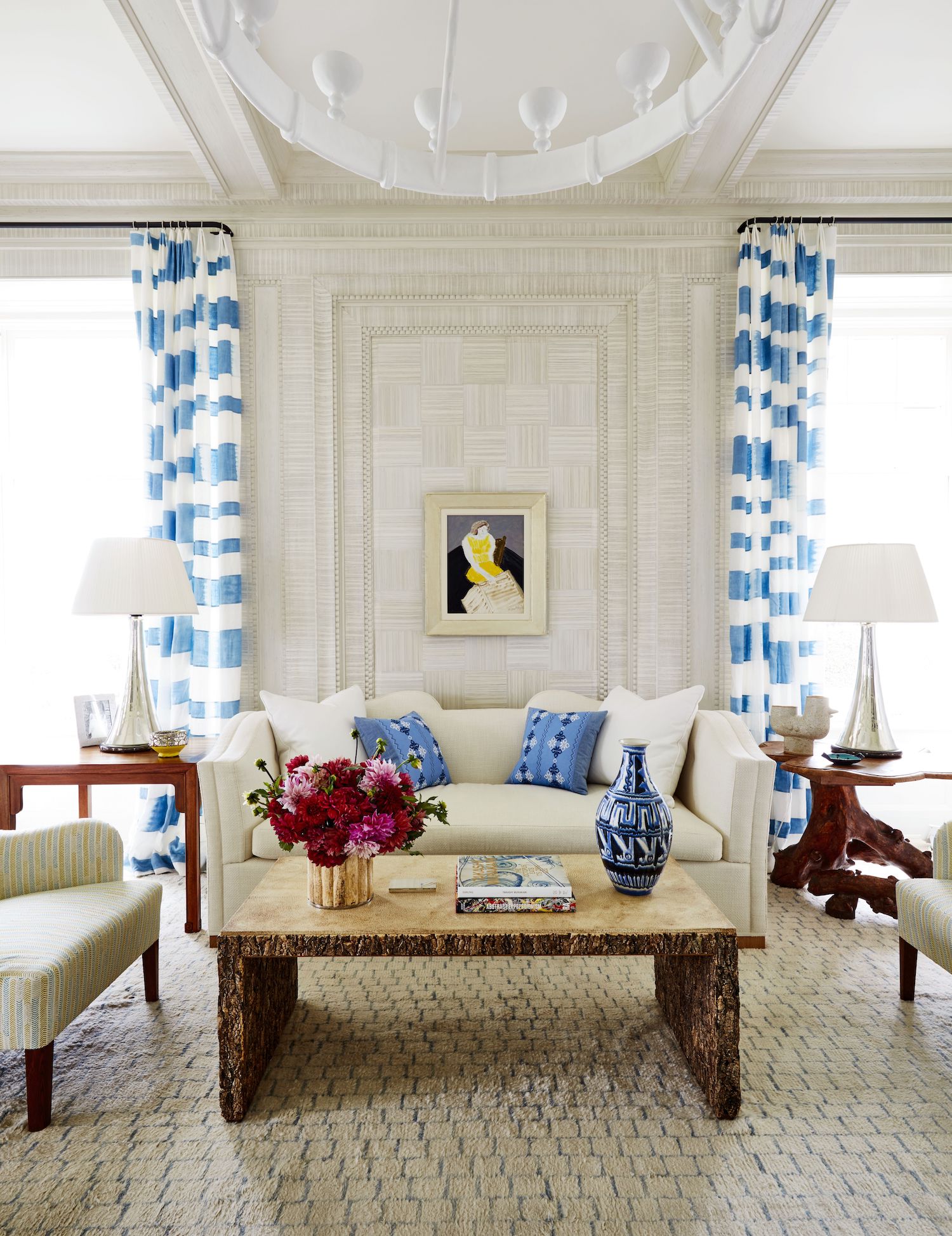
See also:How to hang curtains – everything you need to know
What are the main considerations when choosing patterned fabric for curtains?
Whether the pattern will complement the rest of the interior scheme is essential. If you’re going maximalist with bold colours and patterns, or minimalist with warmer, neutral tones, getting the balance throughout the space is a must. Consider the height of the windows too, a larger or taller window can hold a bold statement curtain, whereas the patten may get lost on a much smaller one. 'Split your choice into curtains that you want to stand out and those you want to blend in. Luxe or textured fabric will definitely make a statement, and so will bright colours or busy patterns’, explain made to measure specialists Couture Living. In this instance think statement living spaces or bedrooms. ‘Neutral tones and lighter fabrics tend to act in a more complimentary way, allowing other elements of the room or view to shine.’ These are better suited to kitchens or home offices.
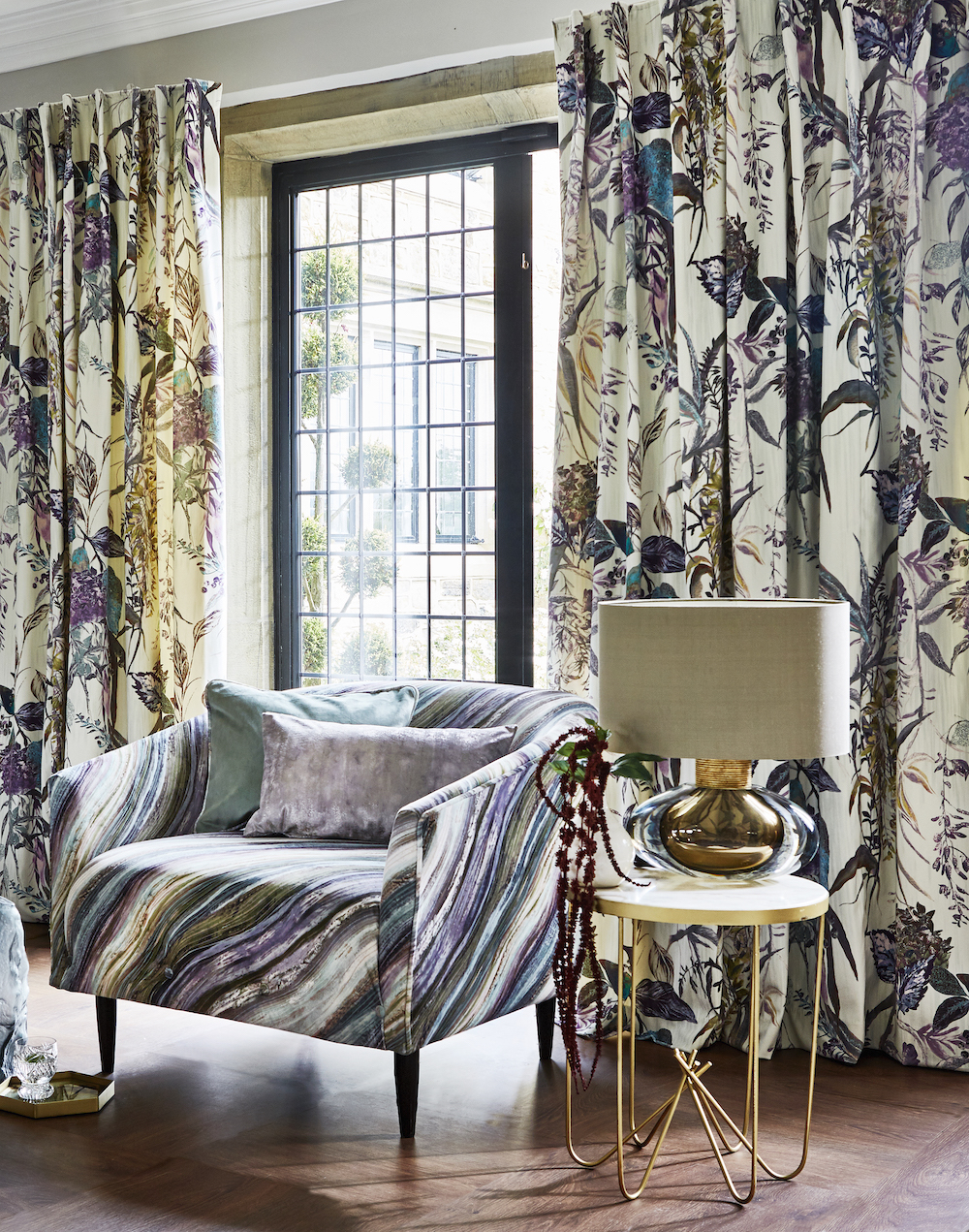
Which curtain styles are best in which rooms?
Room use is a big factor. Fabrice Bana is very clear here, ‘black-out interlining for bedrooms, fully lined and interlined curtains with a velvet fabric for optimal insulation, sheer curtains for privacy.’ Pinch pleat blackout curtains combined with a covered lathe are a great solution for bedrooms and nurseries. For living rooms, think more along the decorative lines - a pelmet, valance or lambrequin. For kitchens and multi-use spaces, a light voile wave curtain might be just the ticket, letting the air in and acting as a bridge rather than a stop.
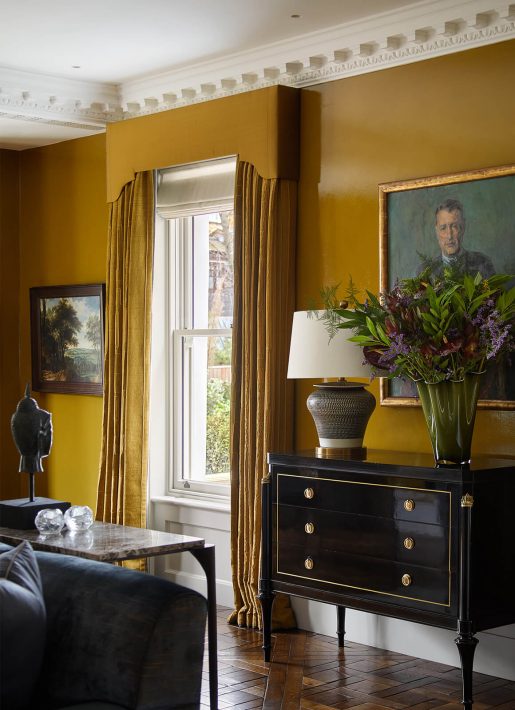
Which curtain ideas are on-trend/in style this year?
‘I am seeing a big demand for sheer curtains, particularly in modern spaces with lots of glass. They serve to soften the space and give privacy during the day without detracting from the architectural features,’ explains Karena Clayton. With more of us working from home, discreet sheer roller blinds are also on the up, combating screen glare whilst sitting neatly with any existing window treatments. Nicola Brumfitt, Marketing Director at Prestigious Textiles has found that ‘retro geometric patterns are very much an on-trend choice as living spaces embrace a feeing of nostalgia.’ And Surrey based bespoke curtain maker Clare Young has seen a big upturn in the demand for velvet with ‘people getting much braver with colour and prints.’
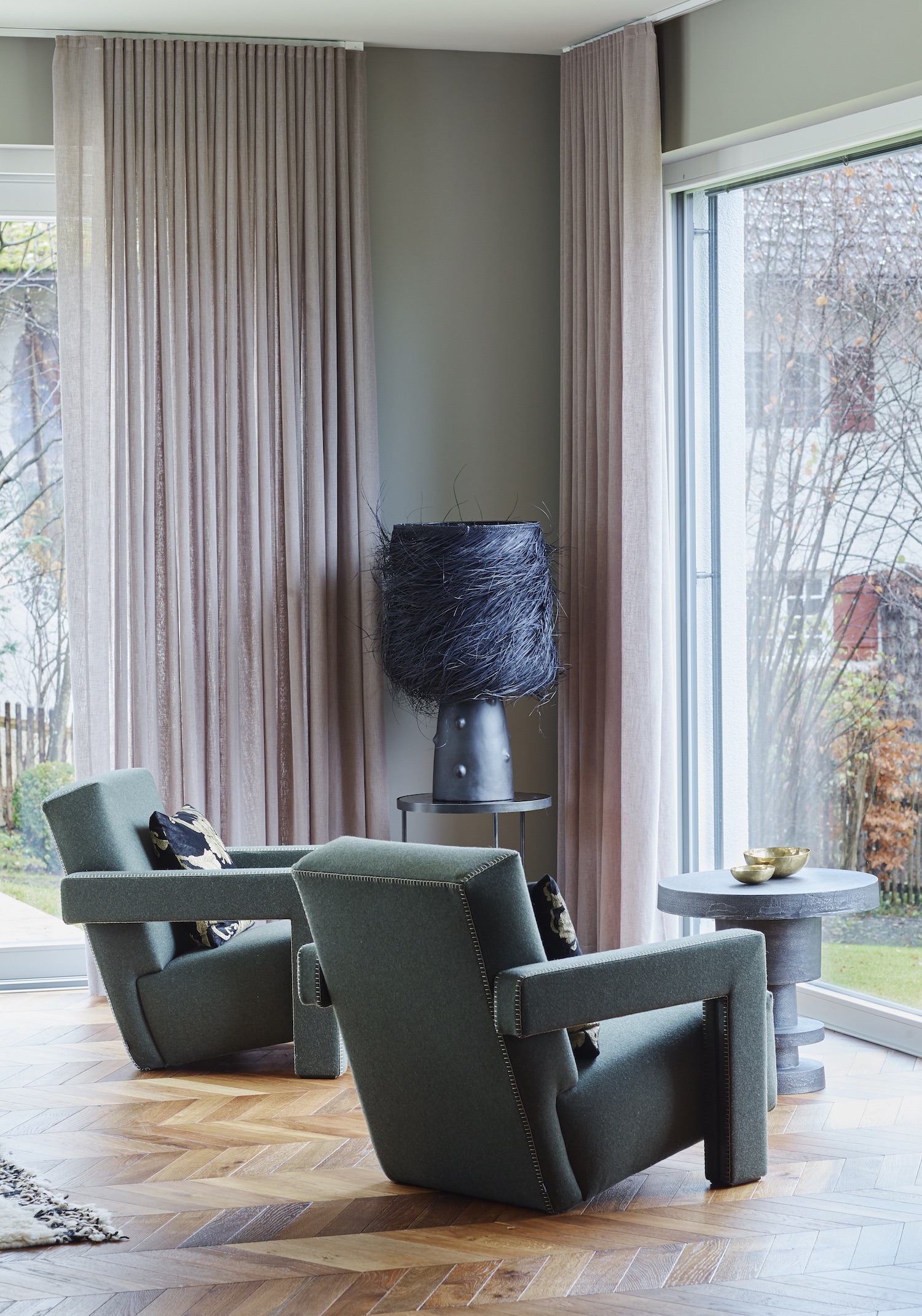
What’s the curtain trend for 2021?
In 2021 stylish curtain ideas will be all about tracks according to experts at Couture Living. Top designers have been increasingly using new technology by companies such as Silent Gliss to create statement window treatments. ‘They also make hanging two sets of curtains possible, so you can add a lighter voile behind for privacy without having to close thicker statement curtains.’
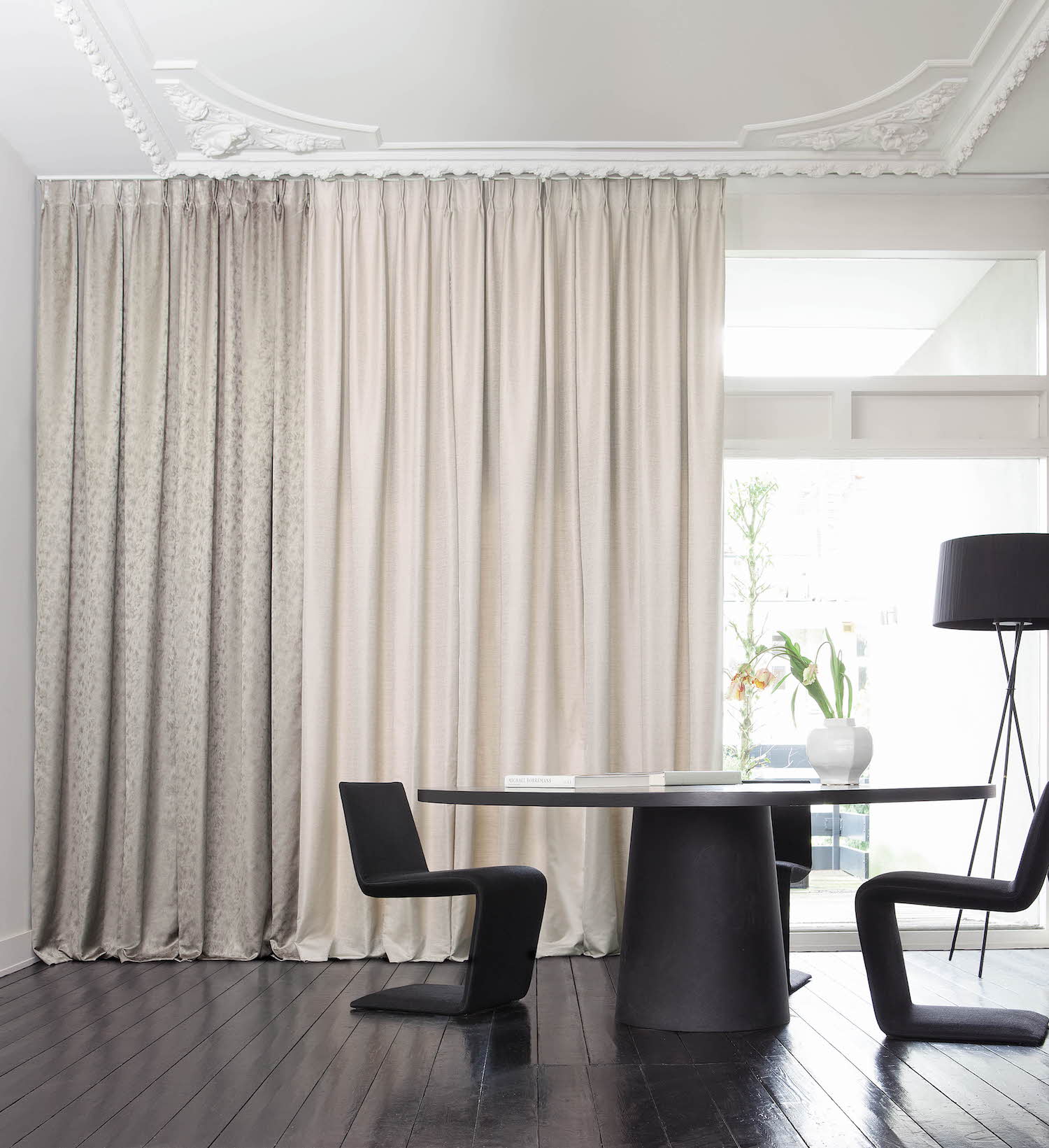
Be The First To Know
The Livingetc newsletters are your inside source for what’s shaping interiors now - and what’s next. Discover trend forecasts, smart style ideas, and curated shopping inspiration that brings design to life. Subscribe today and stay ahead of the curve.
-
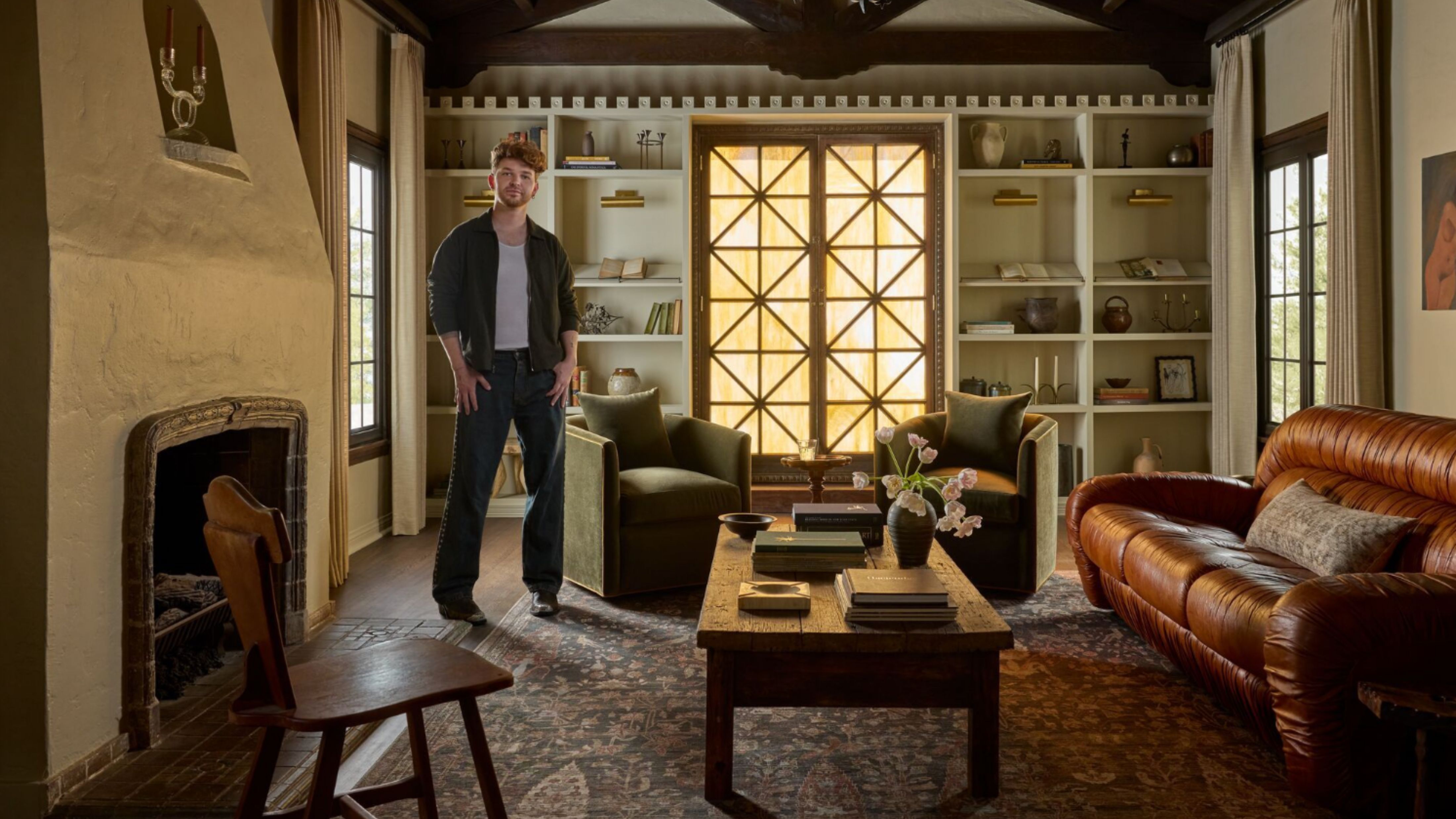 Lone Fox's Drew Michael Scott Drops a Vintage Capsule with Joon Loloi (And Some Seriously Good Tips For Thrifting Antiques)
Lone Fox's Drew Michael Scott Drops a Vintage Capsule with Joon Loloi (And Some Seriously Good Tips For Thrifting Antiques)Sourced straight from one of the world's biggest antique shows, Drew shares how to stay sane, cut through the noise, and score what you actually want
By Julia Demer Published
-
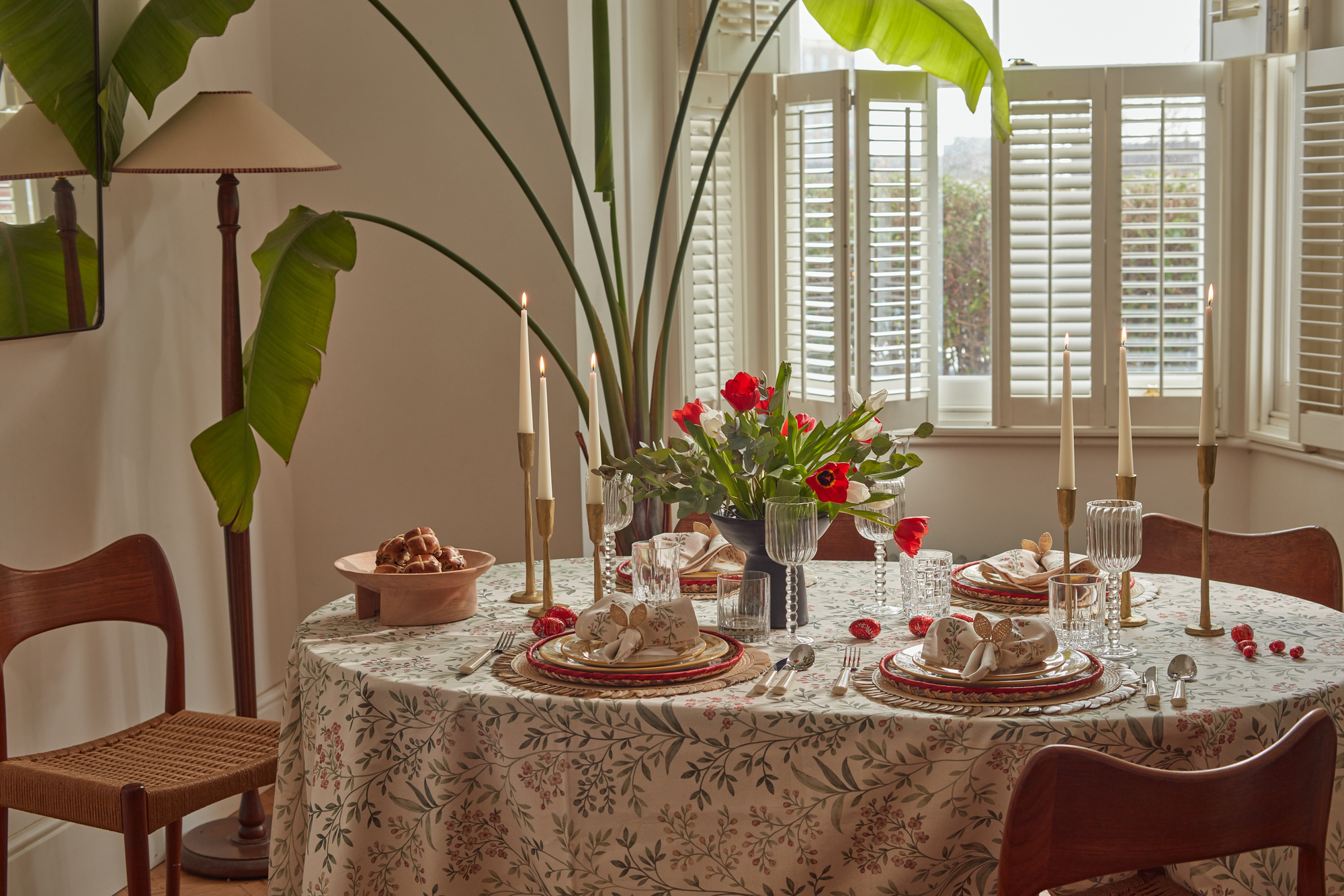 9 Easter Table Decor Ideas to Plan Now for Perfect Tablescapes This Season
9 Easter Table Decor Ideas to Plan Now for Perfect Tablescapes This SeasonFrom centerpieces and color schemes to tablecloths and seasonal themes, let these designer-approved ideas inspire your table styling this Easter
By Lilith Hudson Published
-
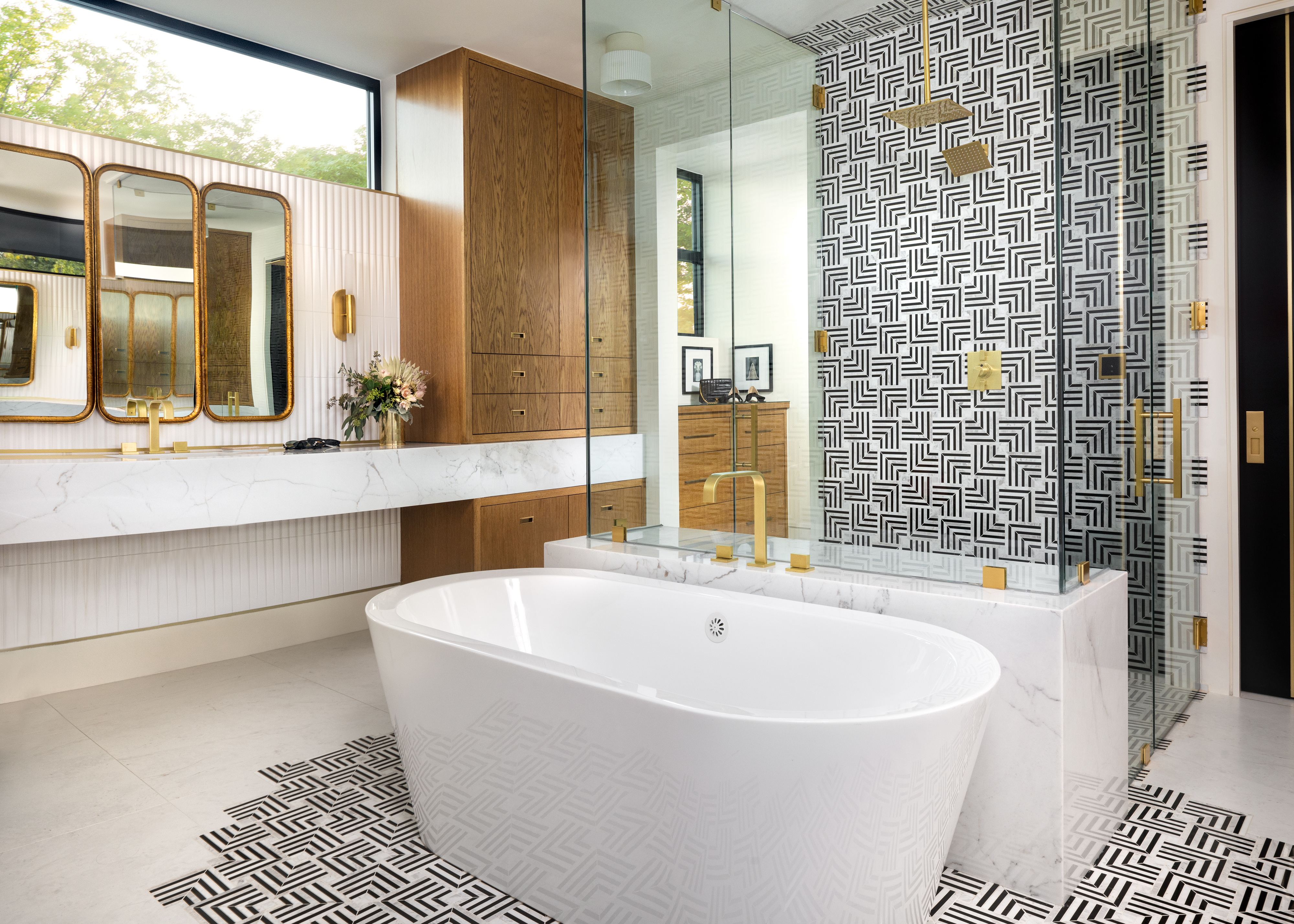 Bathroom tile ideas – 23 creative ways with color, pattern and installations
Bathroom tile ideas – 23 creative ways with color, pattern and installationsUse these bathroom tile ideas to add texture, pattern and even a touch of glamor to this very important room
By Hebe Hatton Last updated
-
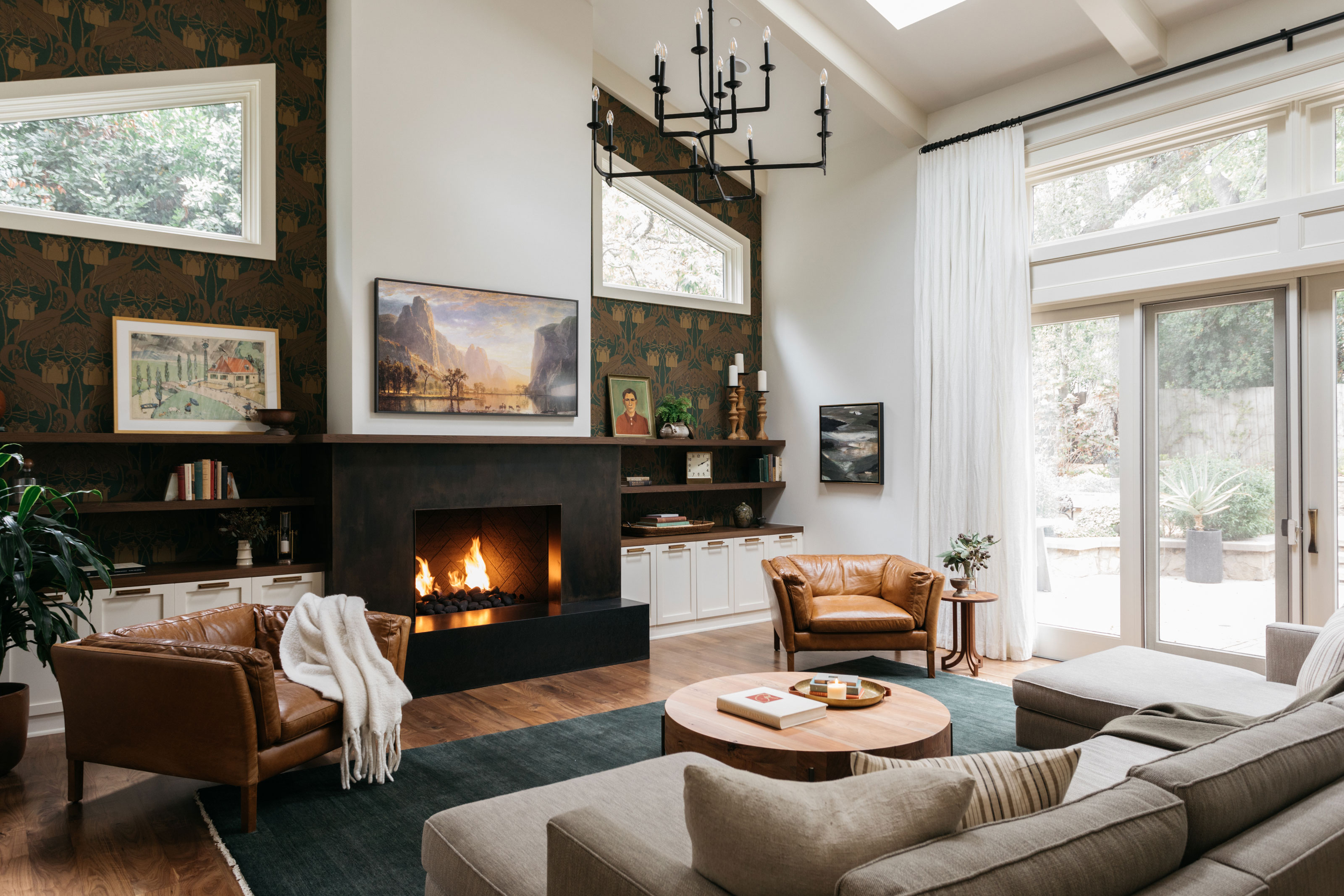 16 living room wallpaper ideas that'll convince you patterned wallcoverings are the way to go
16 living room wallpaper ideas that'll convince you patterned wallcoverings are the way to goThese brilliant living room wallpaper ideas offer up inspiration for how to apply print, pattern and texture to different areas of your scheme
By Hugh Metcalf Published
-
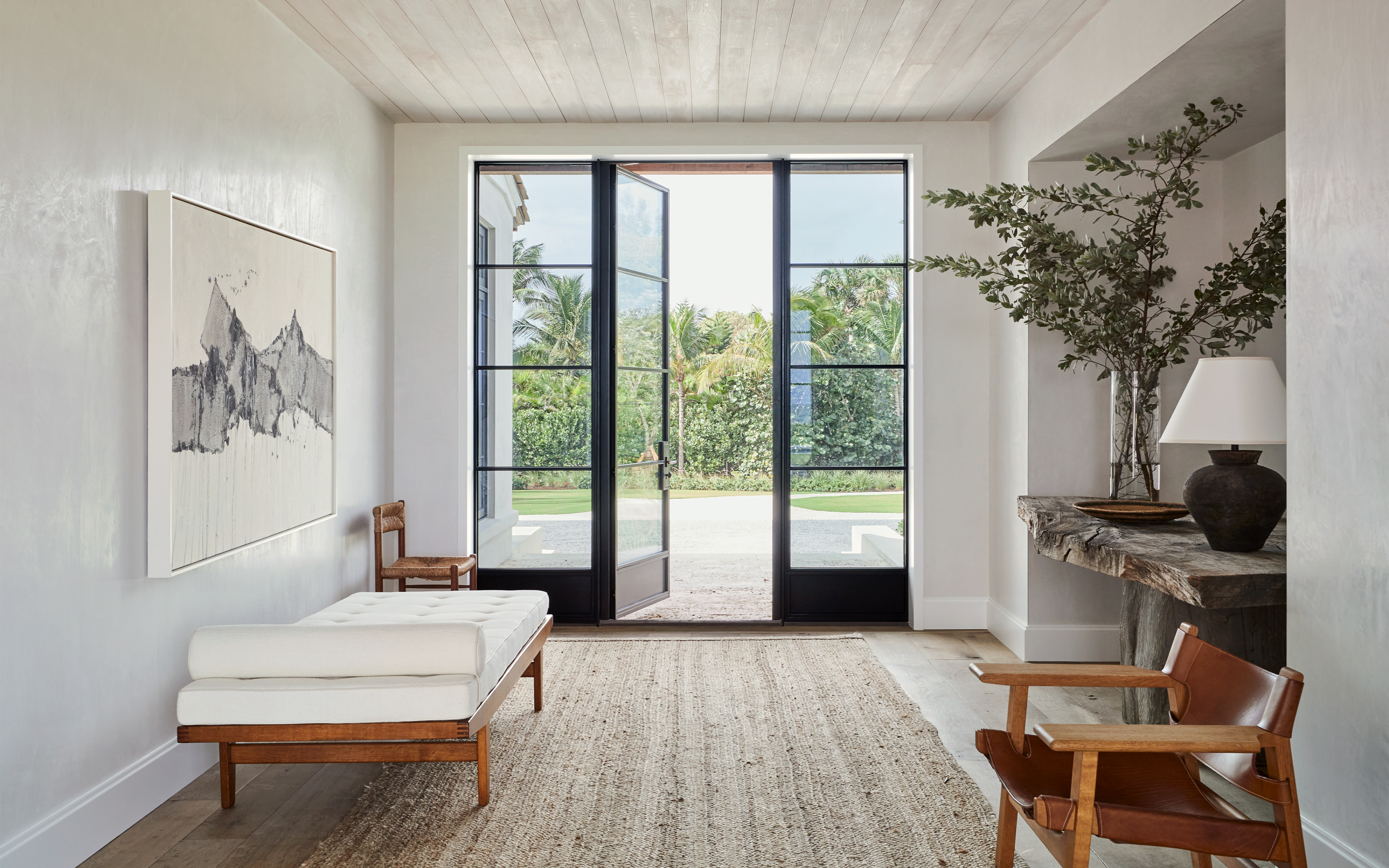 Crittall-style doors – 20 ideas that prove this timeless trend is here to stay
Crittall-style doors – 20 ideas that prove this timeless trend is here to stayFall for the charm of crittall-style doors, windows and room dividers all over again with our gallery of the best ideas
By Lotte Brouwer Published
-
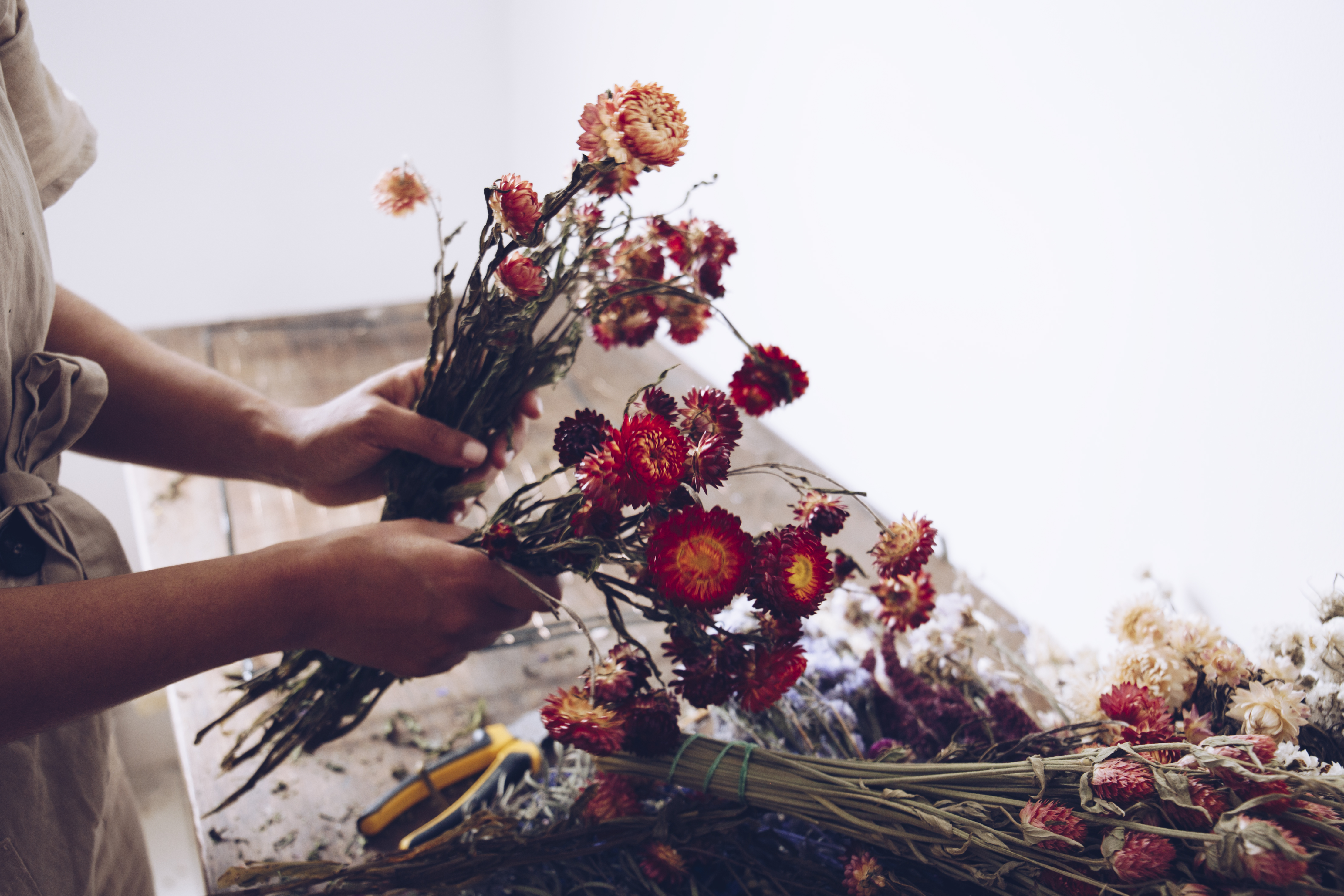 Florist Angela Maynard on how to care for dried flowers and how to style them in a modern home
Florist Angela Maynard on how to care for dried flowers and how to style them in a modern homeKnowing how to care for dried flowers means you can have stylish arrangements that last for years. Author and florist Angela Maynard shares her tips
By Angela Maynard Last updated
-
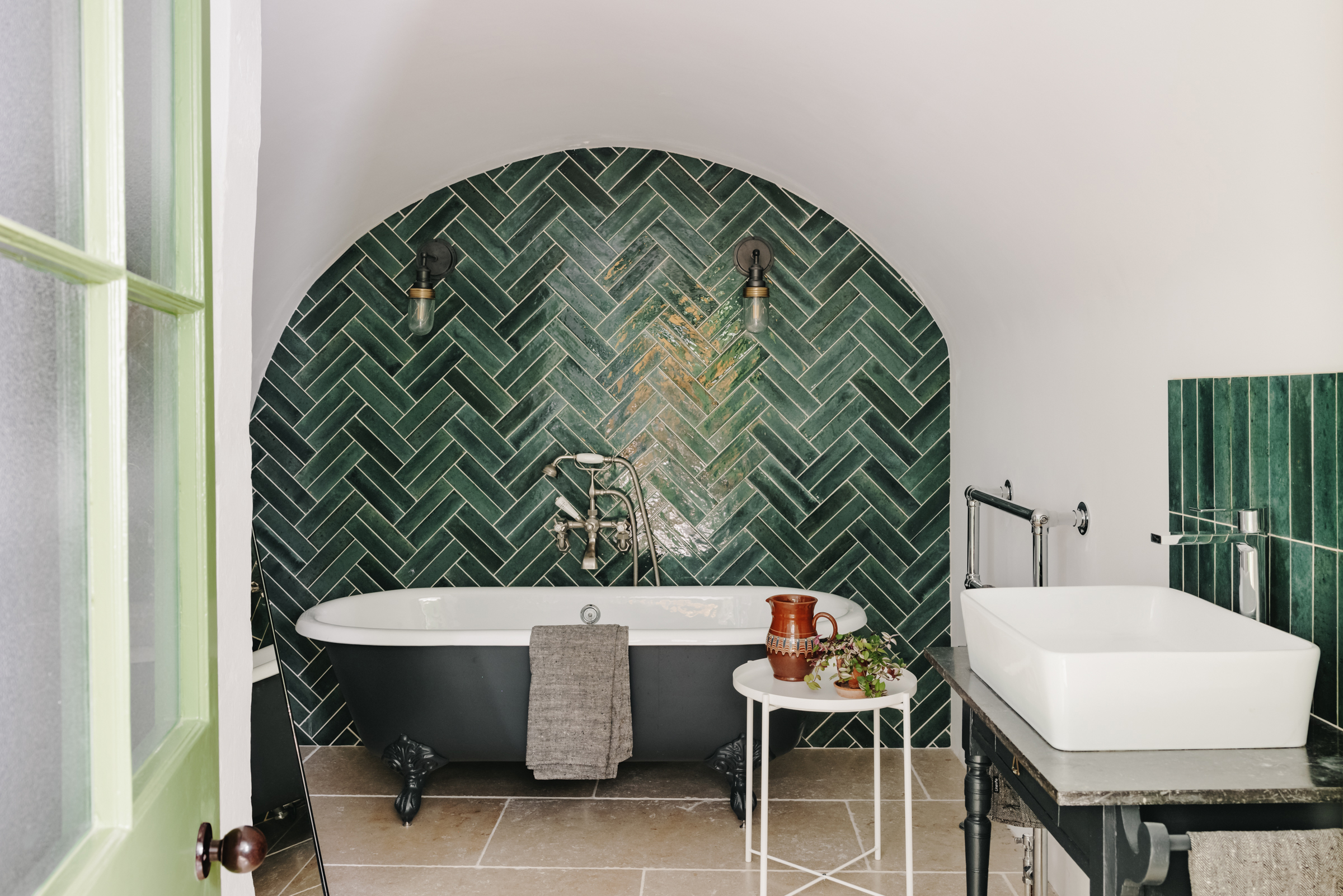 Bathroom wall tile ideas – from bold and bright to subtle and sleek
Bathroom wall tile ideas – from bold and bright to subtle and sleekBathroom wall tile ideas are what give your bathroom personality, adding color, texture and depth – here are our favorite looks
By Hebe Hatton Last updated
-
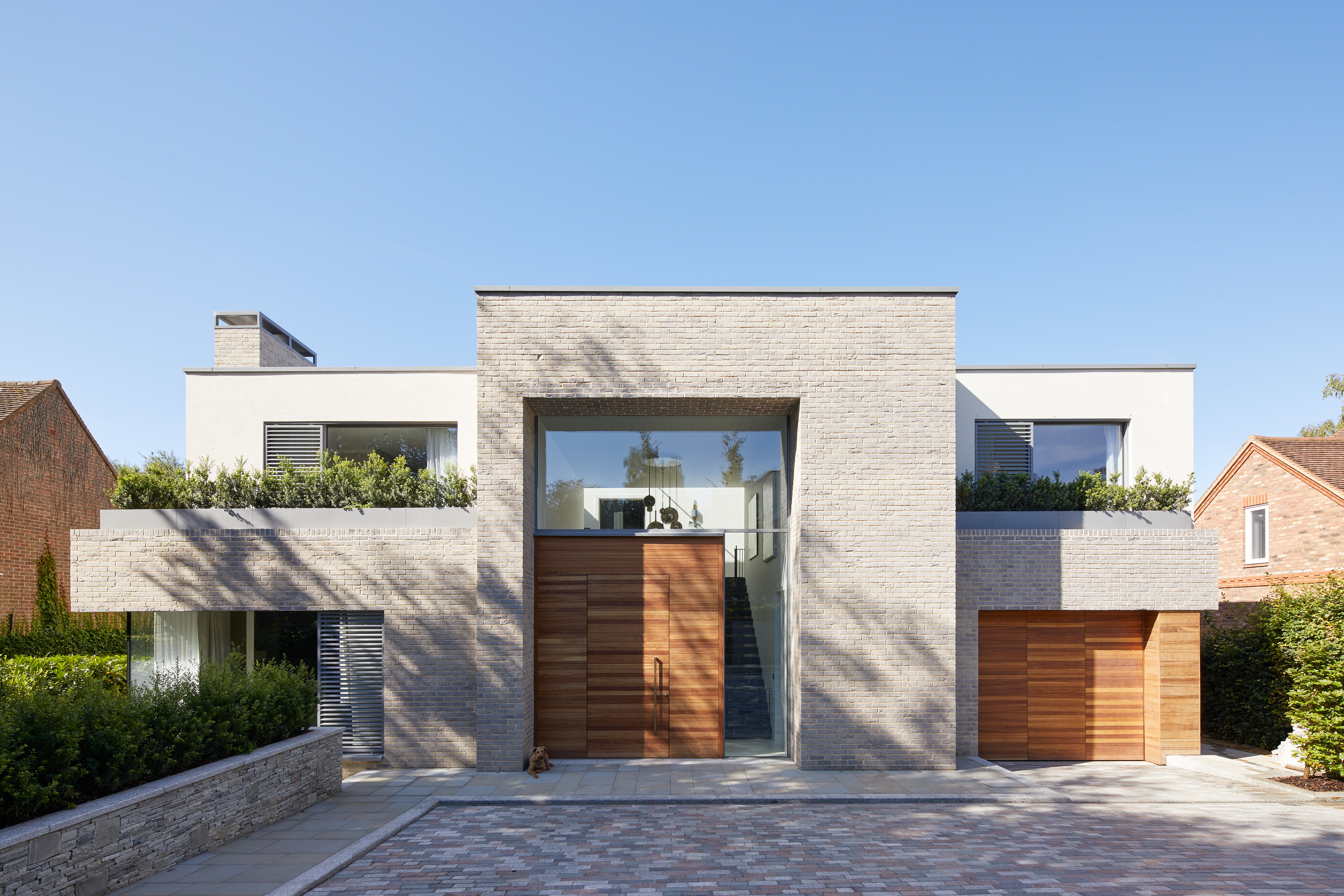 Front door ideas – how to choose the perfect style for your home
Front door ideas – how to choose the perfect style for your homeOur front door ideas will guide you through picking out the most practical, and stylish design to create a beautiful first impression
By Hebe Hatton Published
-
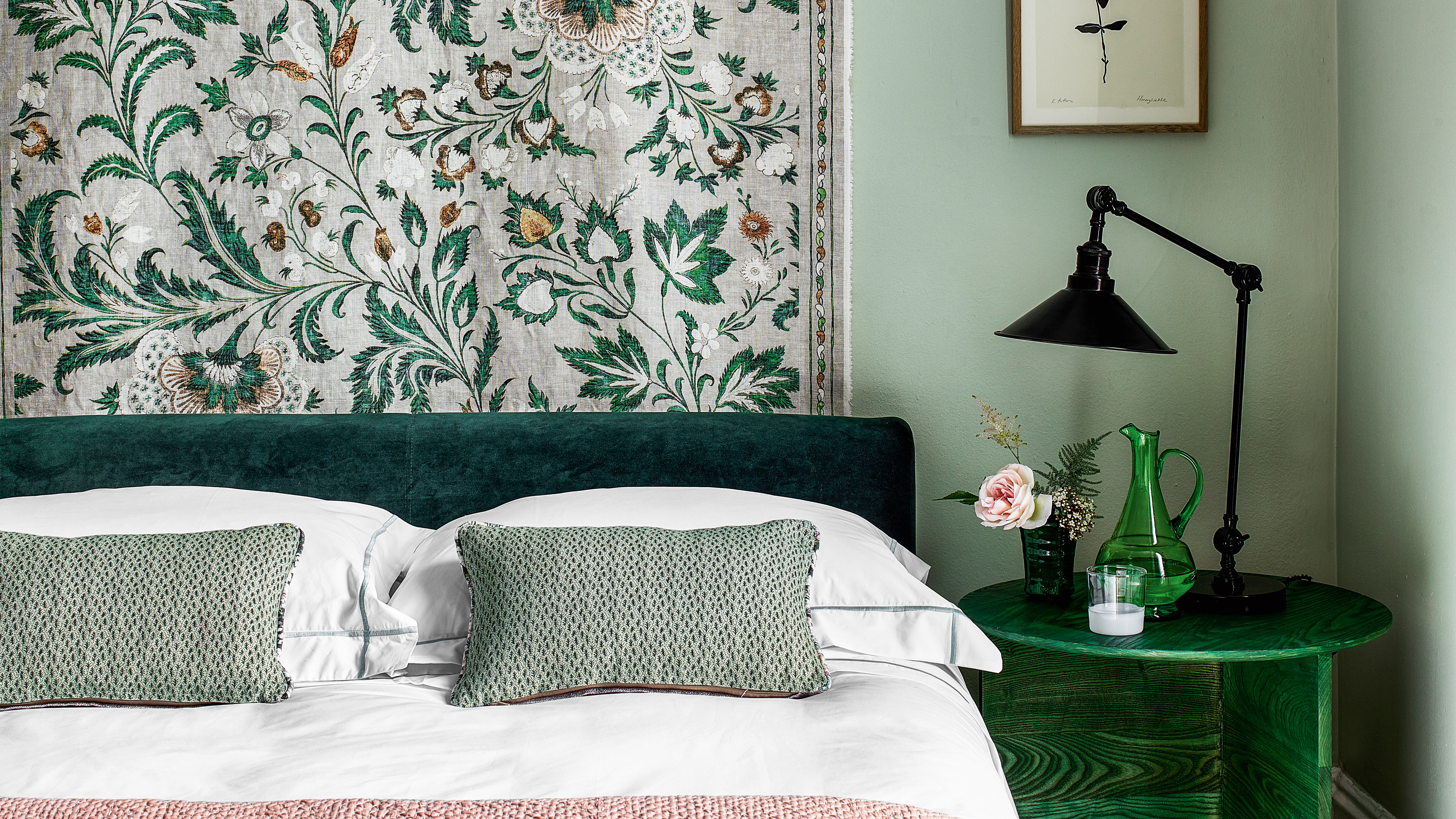 30 bedroom color ideas – stylish schemes to inspire a quick and easy makeover
30 bedroom color ideas – stylish schemes to inspire a quick and easy makeoverWhether you are neutrals lover or color-obsessed, these bedroom color ideas are sure to make you want to redecorate
By Hebe Hatton Published
-
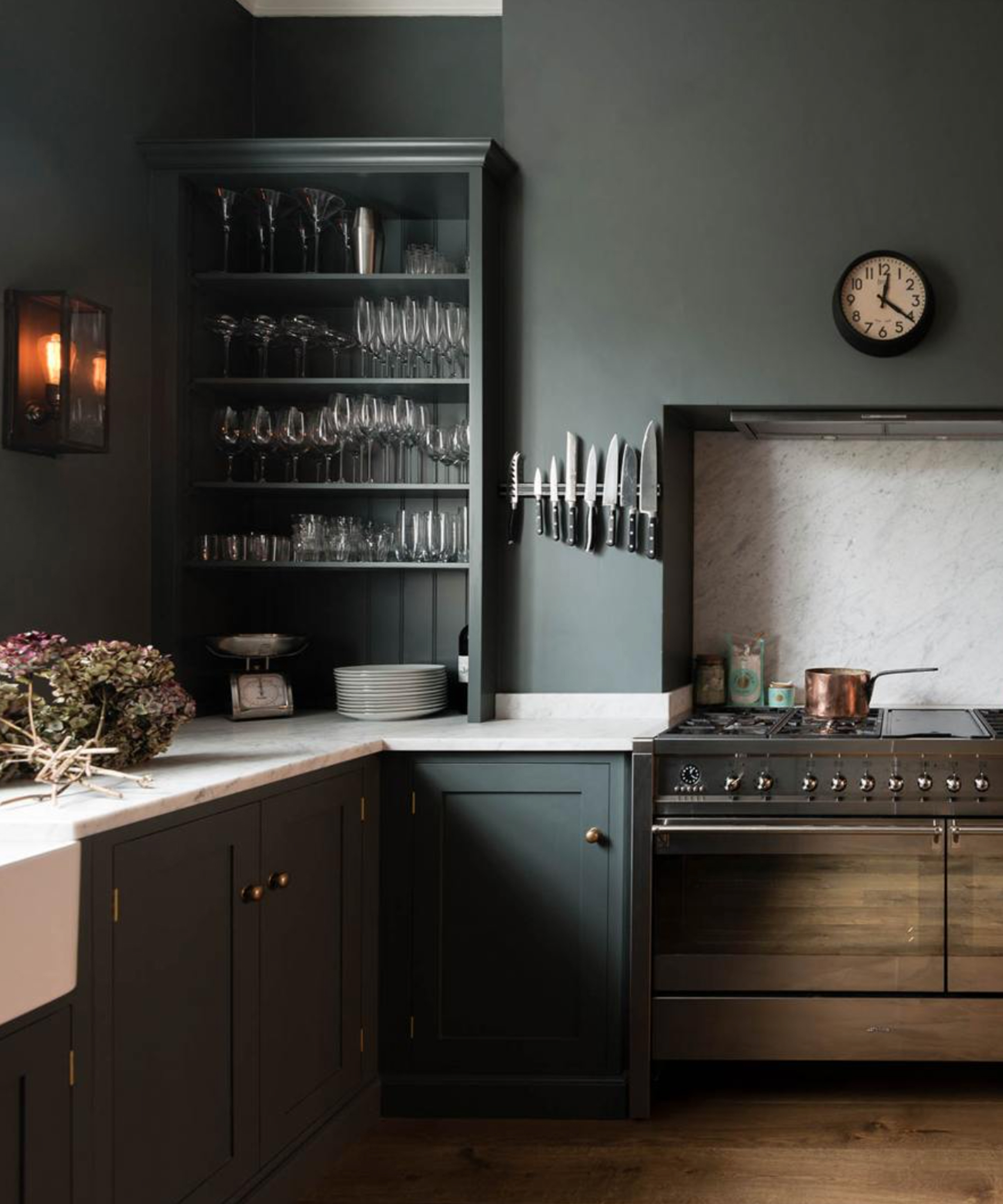 Grey kitchen ideas - designers explain how to get the most from this wonderful color
Grey kitchen ideas - designers explain how to get the most from this wonderful colorGrey kitchen ideas are the height of liveable luxury - smart, chic and calming. Interiors experts explain how to get them right
By Lotte Brouwer Last updated